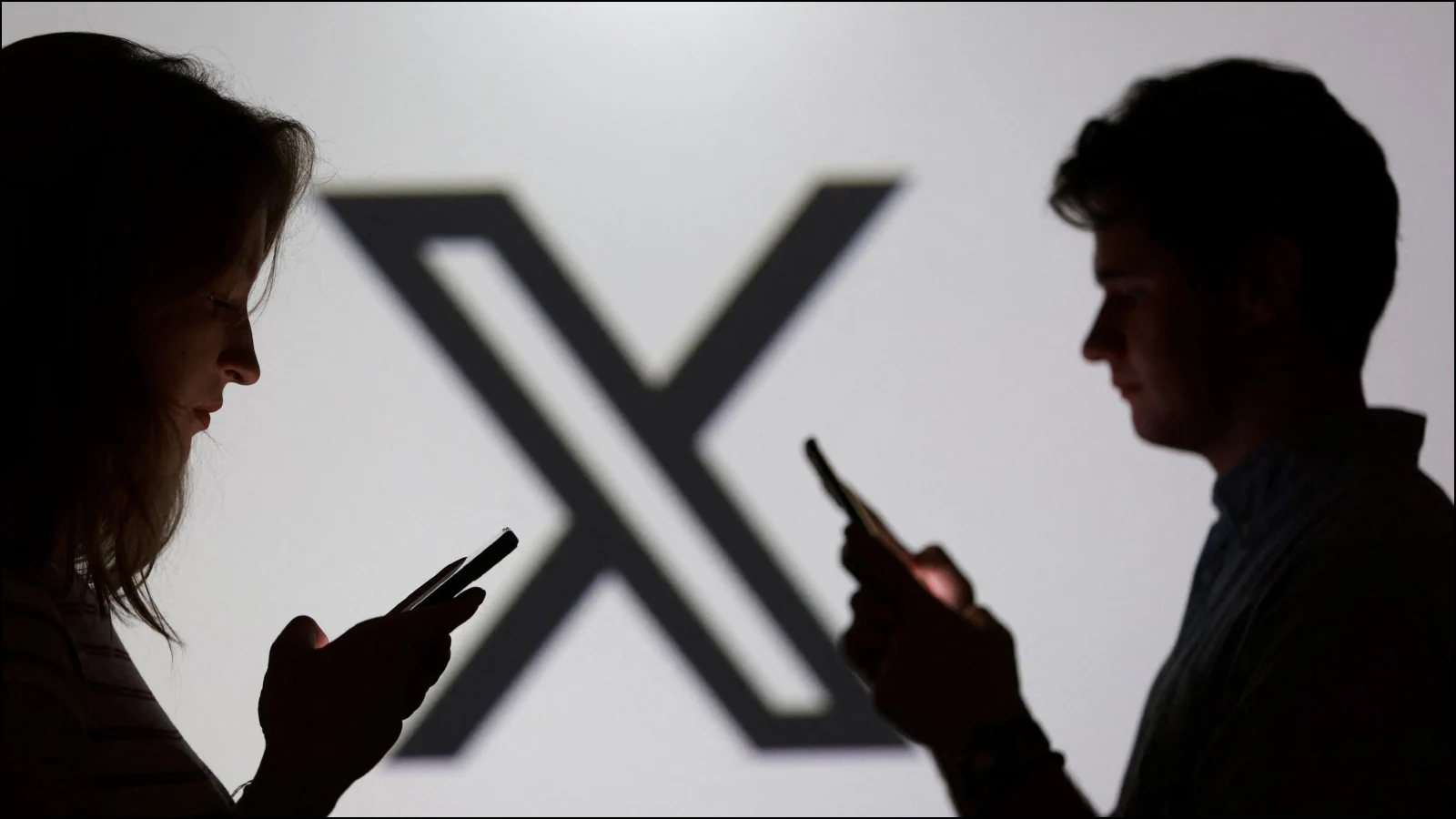‘Social Media Can’t Be Left In State Of Anarchic Freedom’: K’taka HC Rejects X’s Plea Against Centre
By Aveek Banerjee,News18
Copyright news18

The Karnataka High Court on Wednesday rejected a plea by Elon Musk’s platform X challenging the authority of the Indian government. The court emphasised the necessity of regulating social media platforms, stating that unchecked speech in the name of freedom can lead to lawlessness.
The court was hearing pleas by X (formerly Twitter) challenging the Indian government’s ‘Sahyog’ portal, which is used for issuing content-blocking orders to intermediaries. While X argued that the government did not have the power to do so, the High Court rejected X’s challenge as one “without merit”.
Justice M Nagaprasanna delivered the judgement, saying the Sahyog portal stands as a beacon of cooperation between the citizen and intermediary. It is a mechanism through which the state aims to control cybercrime, he said.
He further cited Article 19 (1) of the Constitution, which grants the right to speech and expression with reasonable restrictions. “Information and communication, its spread or speed has never been left unchecked and unregulated. It has always been a subject matter of regulation,” the court said.
“As and when the technology develops from messengers to postal aids till the age of WhatsApp, Instagram and Snapchat, all have been regulated by regulatory regimes subsisting then and subsisting today, both globally and locally,” the HC said. “American judicial thought cannot be transplanted into the soil of Indian Constitutional thought.”
The Court said that social media cannot be left in a state of “anarchic freedom” and no platform can treat the Indian marketplace as a playground. It also pointed out that X Corp was not an Indian citizen and could not invoke infringement of Article 19.
What Is Sahyog Portal & Why Is X Against It?
The SAHYOG portal was launched in 2024 to fast-track orders to block objectionable and misinformation. It was “developed to automate the process of sending notices to intermediaries by the Appropriate Government or its agency under IT Act, 2000 to facilitate the removal or disabling of access to any information, data or communication link being used to commit an unlawful act,” the Centre says on the site.
ALSO READ: What’s Sahyog Portal? Why Elon Musk-Owned X Has Slammed It, What’s Govt Response? | Explained
However, Elon Musk’s X Corp has called it a “censorship portal”, and contended that Section 79(3)(b) of the IT Act does not empower the government to issue blocking orders, as that authority lies exclusively under Section 69A. X had moved the Karnataka High Court, arguing that the Sahyog portal and related government actions circumvent the statutory framework established by the IT Act.
In response, the Centre said, “It is misleading to label Sahyog as a censorship tool. By doing so, the petitioner is wrongfully presenting itself as a content creator rather than an intermediary. Such an assertion from a global platform like X is deeply regrettable and unacceptable.”
The Centre also said X had misinterpreted key provisions of the IT Act, and it has no inherent right to host or defend third-party content on its platform, due to being a foreign commercial entity. It emphasised that takedown notices under Section 79(3)(b) read with Rule 3(1)(d) of the IT Rules, 2021, are removal requests rather than blocking orders.



